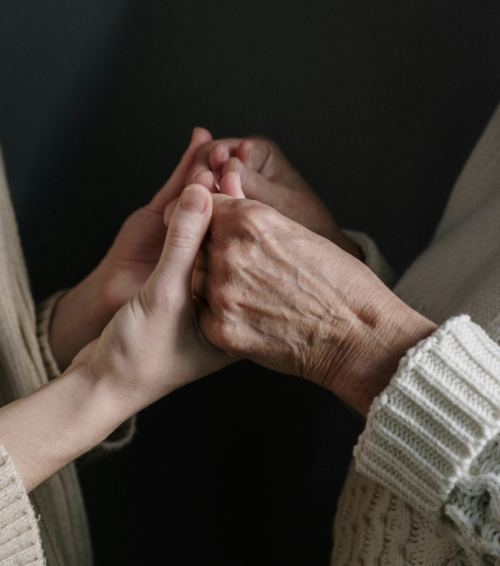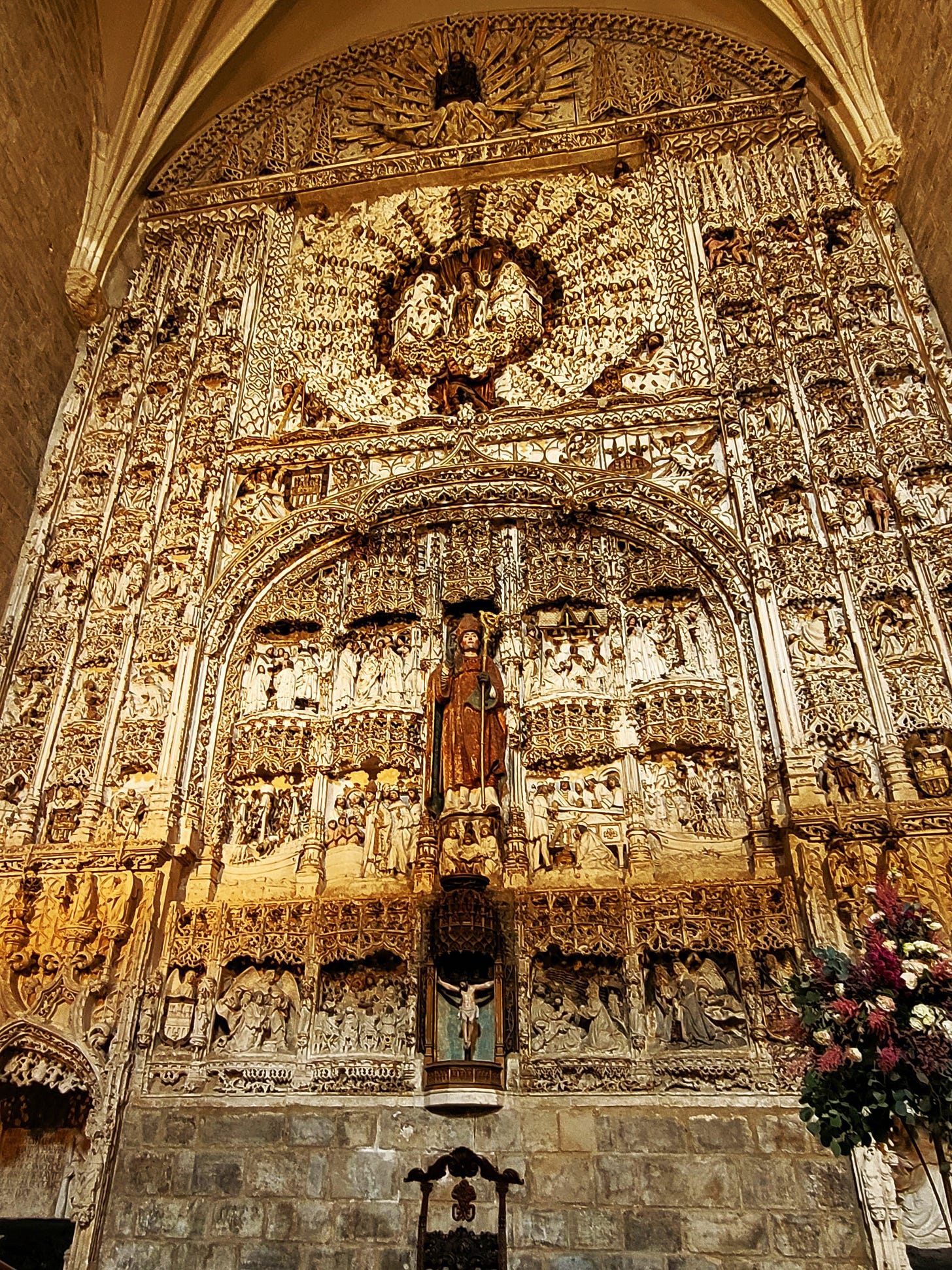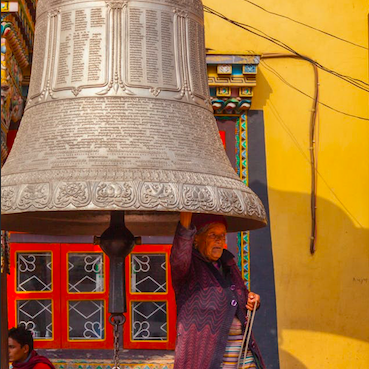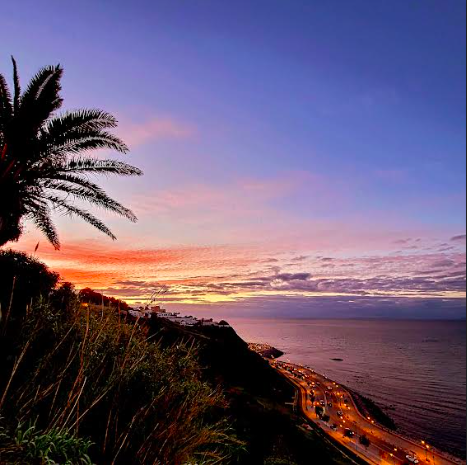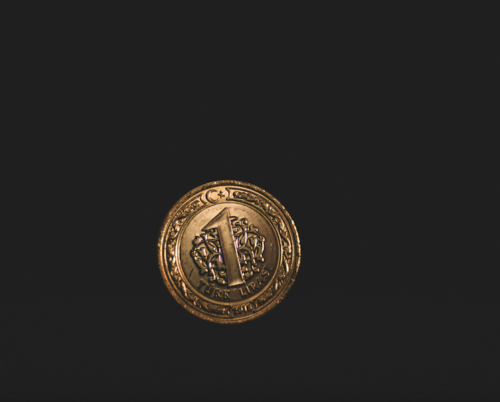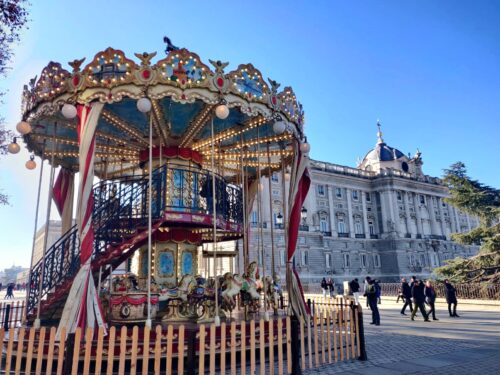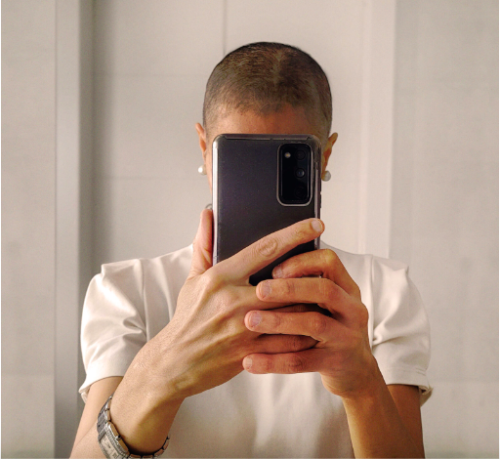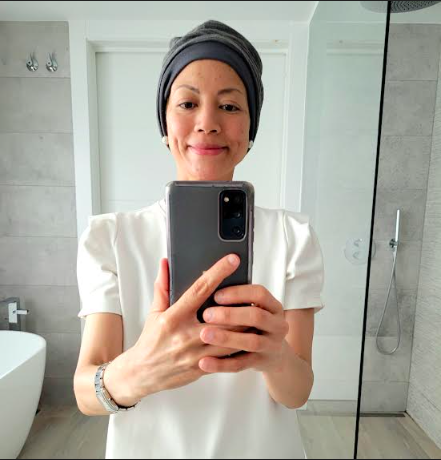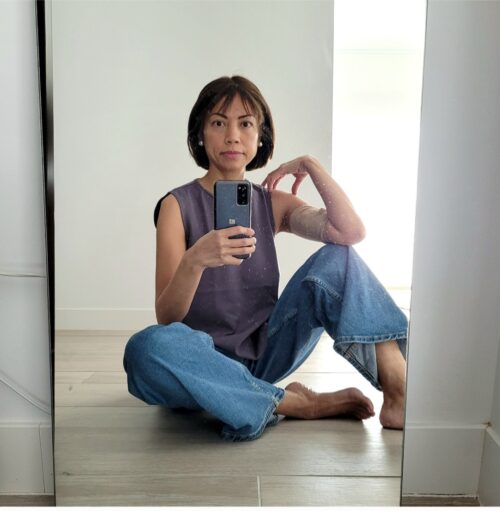I was in my early 40s, vacationing in Malaga. I spotted her in a shop window from across the street – black and white, and 2D. I crossed the street to take a closer look. She was the face of an ad of a Spanish clothing brand — silver hair, visible lines on her bare face, simple. I was riveted. Inspired. “THAT is how I’m going to age,” I thought.
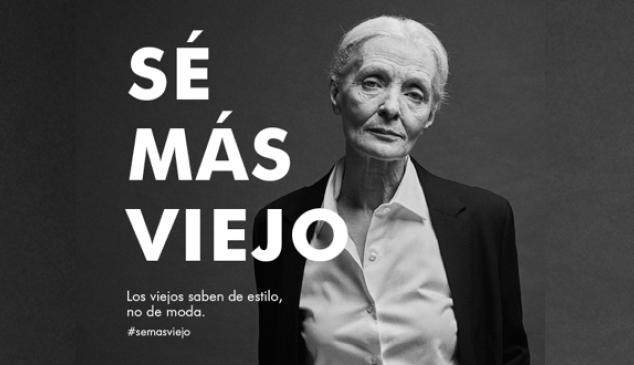
*
Let me give you some context.
I grew up in the Philippines. The first time I thought about aging was when I was about 10. I was in church next to my mother, who was about 40 then. I glanced over at her hands and noticed how perfectly manicured they were. I looked at all the other praying hands of the women around me. All similarly perfect. I looked at my own nail-bitten hands and thought nervously, “I guess I’m going to have to work on my hands when I’m older.”
I was not a very girly child. While my best friend insisted on wearing her floral pink smock dresses and Raggedy Ann plastic high heels to play, I insisted on shorts. I didn’t dip into my mother’s jewelry and nail polish, and I thought that make up during ballet recitals made me look awful.
Even as I got older, I never cultivated my interest in effortful beautification. Before I’d step out of the house for a night with friends, my mother would nervously examine my face and beg, “Please wear more make up.” I eventually left the Philippines before I learned how to do that. By way of London and Hong Kong where I lived for a few years, I landed in New York where I lived for almost 20. During those years, the Philippines developed a strong beauty culture, imbibing that of neighboring beauty meccas Korea and Japan. My contemporaries honed the use of cosmetics and beauty treatments which kept them spectacularly fresh. Meanwhile, I took a different route. I focused on the inner work, as New York’s health and wellness culture liked to call it. I meditated, fasted and green juiced. I believed that with this lifestyle, I could slide into old age naturally and gracefully.
So — back to the Malaga shop window — here was this woman, somehow confirming that old age could be beautiful in its simplicity. That one can slide into it gracefully and elegantly without much effort. She was the visual representation of how I wanted to age. She got me excited about aging.
*
Many years later, I happened to move to Spain. My excitement about aging deepened. The Spanish women seemed to embrace natural aging with much more ease than than the average. They have a more relaxed attitude towards their lines or other signs of aging. The Queen of Spain, for example, is often seen in photos with visible silver streaks. I commented to a friend, “I love how Queen Letizia is so natural. She’s not afraid to show her grays.” My friend replied, “Pffff. That’s just her slight nod to reality. She shows grays because she keeps the rest of her body impeccable.”
It then occurred to me that perhaps Spanish women can be relaxed about wrinkles because they are armed with so much provision — bountiful hair, golden skin, slender bodies, abundant sense of style, and a get-out-of-my-way confidence.
It also occurred to me that I, too, could be excited about aging because I had my own ammunition: Asian genes. Giving no credit to anything but these genes, I was a 40ish year old who looked 30ish.
It is easy to romanticize something you have no idea about. To think growing old can be exciting is to have no idea.
*
A year later, I was diagnosed with cancer. They say every body reacts differently to treatment. My body’s reaction was to age overnight: instant medical menopause, weight loss, crepey skin, sunken cheeks, and dark spots from chemo-related acne. I couldn’t bear to look at myself. Witnessing these changes was more difficult than any of the other side effects of chemo.
I tried to anchor myself in the thought that these were mere physical changes; that I am so much more than this body. That I was also spirit and wisdom. That I was blessed to be alive for this experience. But I wasn’t buying any of it. No amount of prayer or meditation could help me find peace with this transition. Because while I am more than this body, I also am this body. This body is how I interact with the physical world – how I meet it, and unfortunately but importantly, how I am met and seen. I wasn’t ready to be seen as older.
I decided I needed to start making an effort. I sought help from my Philippine beauty gurus, my sisters and friends, for tips on makeup and skin care. I went to the dermatologist. I watched countless youtube and instagram accounts of how older women were doing it. I embarked on my own elaborate skin care process, and (look Mom!), I finally started wearing more make up.
*
One day, I was at the airport waiting for a flight back to Spain. My hair was growing out from hair loss, and my gray streaks were prominent. My skin was on the mend. I was wearing big olive green glasses, and a denim-on-denim outfit. I was walking from the shops towards my gate when I heard someone call out, “Excuse me!”
I looked around and saw a young lady, in her early 20s, making her way towards me from across the terminal. “Hi, I’m a representative of the UNHCR,” she started. “I am supposed to be asking you for a donation, but,“ she paused sheepishly, “I saw you enter that store, and I waited for you to come out. I just wanted to tell you that I think you’re beautiful. I love your look.”
I was stunned.
She went on giddily, “You remind me of Jamie Lee Curtis. Or the boss in The Devil Wears Prada. I love girl bosses.” I was speechless. Jamie Lee Curtis and THE Meryl Streep, albeit magnificent women, were on average 2 decades older than I was. When I found my words, I thanked her, we hugged, and I walked away quickly.
I choked back tears. I tried to console myself with the thought that this young lady went out of her way to tell me something very sweet; that she saw beauty in this new body. But, in truth, I was inconsolable. She confirmed what I saw in myself: that I had become an older lady.
*
The experience of the bona fide loss of youth, while it all transpires on the surface, is profound. What do we do with this sudden disconnect between how we feel and how we look? Where do we belong while we’re in this liminal space, reverse-metamorphosing from youth to elder?
How do we avoid that pang when all of a sudden, and without our consent, the world baptizes us into a different category: when we’re told an outfit is “too young”; when they use usted or po to express seniority; when they call us Señora instead of Señorita (or Madame instead of Mademoiselle, or Tita instead of Ate). How do we ignore that in these tiny innocuous ways, they communicate the unraveling of our sexual attractiveness, our influence, and our relevance?
It is near impossible to slide gracefully and peacefully into aging. It is, more often than not, a tumultuous ride.
The consolation is that aging is a shared story. The birthing pangs into eldership is a universal rite of passage. And the silver lining is modern women are learning to confront it as a community sport. Through art, movies, books, fashion, and social media, they are bravely and vulnerably taking up increasingly more space and wresting the narrative. To be excited about aging will perhaps always be a tall order, but the hope is that with a little more elbow room, women can more comfortably and confidently decide how to look and who to be in their next chapter.


